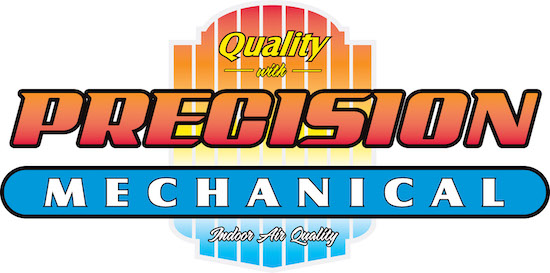Blog
Serving Rapid City and These Areas
About Precision Mechanical
At Precision Mechanical, your home comfort is our biggest priority. That’s why we supply reliable HVAC equipment and quality work in Rapid City. Our techs are skilled in a wide range of services, so you can be confident in your results. They’ll give the help you are looking for, whether it’s putting in an updated HVAC system or servicing and inspecting your current system. We’re available to provide support for all of your needs, so get in touch with us at 605-702-0850 or contact us online to request an appointment right away.
© 2025 Precision Mechanical | All rights reserved
























